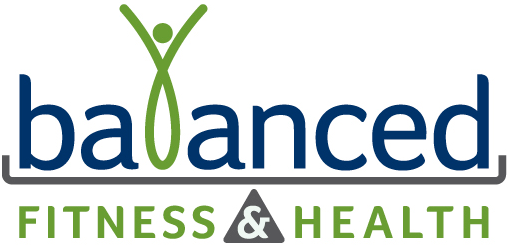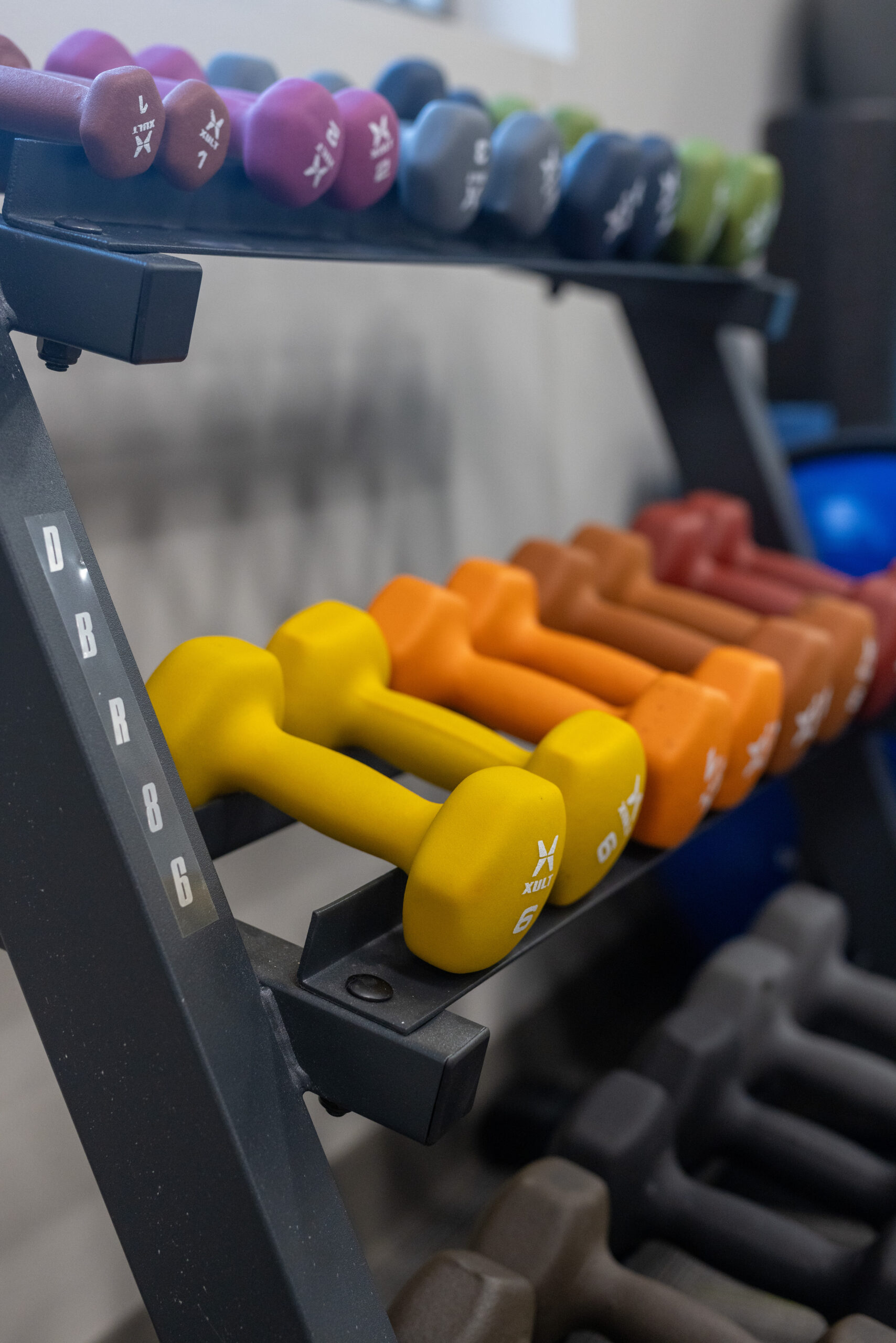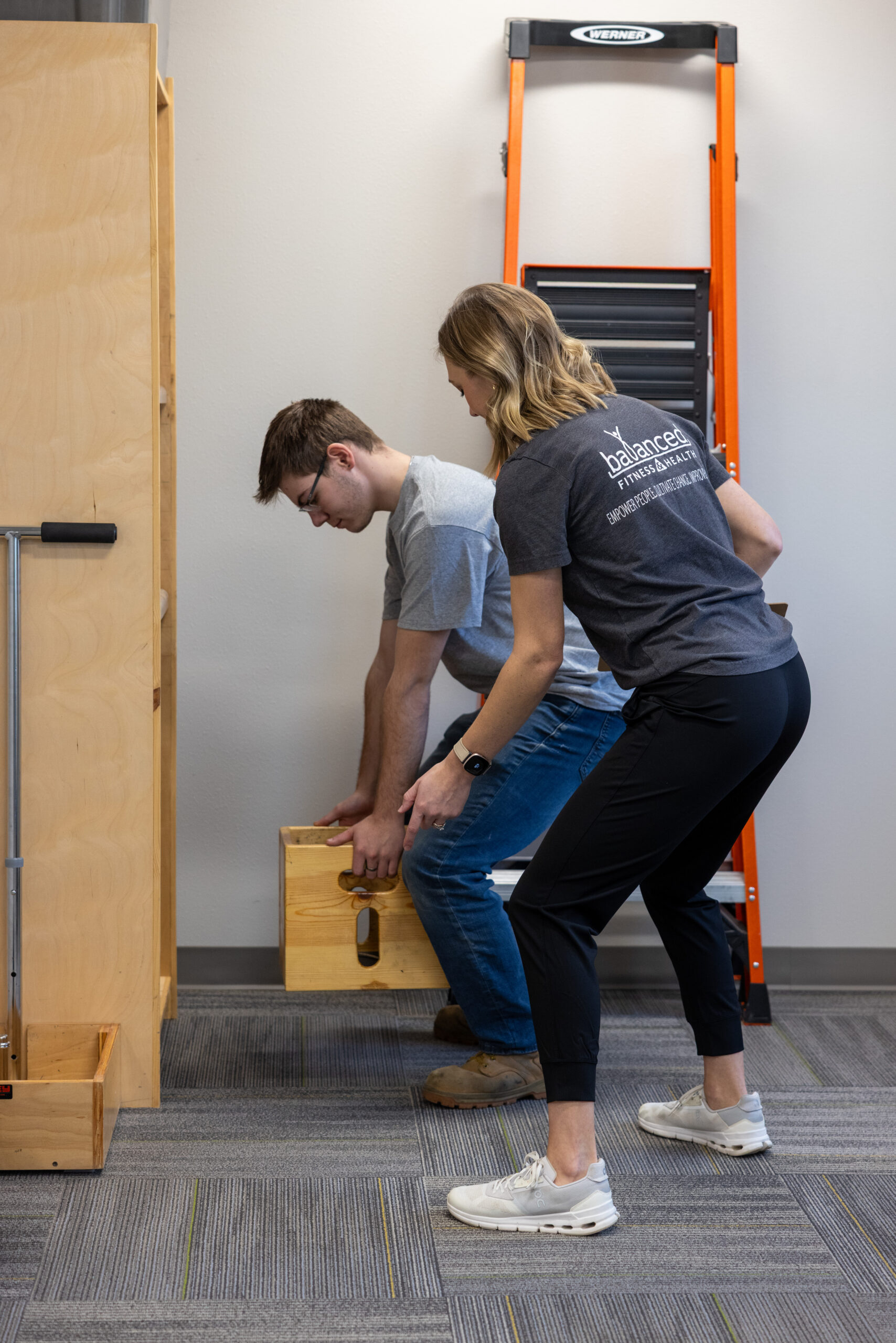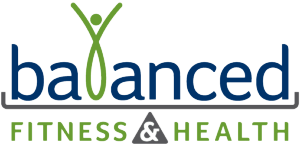What Is Vestibular Rehab—And Could It Help You Feel Better?
Dizziness, imbalance, and difficulty focusing your eyes can be more than just bothersome—they can seriously interfere with your daily life. What many people don’t realize is that these symptoms often stem from the vestibular system, a part of the inner ear and brain that helps control balance and spatial orientation.
Vestibular Therapy is a specialized form of physical therapy focused on evaluating and treating these symptoms, especially when they’re caused by disorders of the inner ear or a concussion.
The Need for Early Intervention
Did you know that 42% of Americans will experience dizziness or a head injury at some point in their lives? These symptoms are more common than most people think, and timely care is essential.
In fact, research has shown that patients evaluated within one week of a head injury recover an average of 20 days faster than those who wait several weeks to seek treatment. That’s nearly three weeks less of dealing with discomfort, missed work, limited activity, or worrying about when you’ll feel “normal” again.
What Is the Vestibular System?
The vestibular system is part of your inner ear and brain that helps control balance, spatial orientation, and eye movements. When it’s working properly, it lets you walk, turn your head, and move through space without feeling dizzy or disoriented.
But when it’s disrupted—by illness, injury, or concussion—it can cause symptoms like:
- Headache
- Dizziness (room spinning, lightheadedness, imbalance, or unsteadiness)
- Sensitivity to light or sound
- Difficulty focusing on objects
- Blurred or double vision
- Trouble concentrating
- Excessive fatigue
- Nausea or vomiting
- Ringing in the ears (tinnitus)
These symptoms can affect your ability to work, drive, focus in conversations, or even walk down the aisle of a grocery store without feeling overwhelmed. The good news is: you don’t have to live with them.
What Is Vestibular Rehabilitation?
Vestibular rehabilitation is a targeted, exercise-based approach to help the brain compensate for vestibular dysfunction. It’s not a “one-size-fits-all” treatment—it’s individualized based on your symptoms, goals, and what specific parts of your system need help.
As a vestibular PT, I start with a thorough assessment that looks at how your eyes, head, and body respond to movement. From there, I design a customized program that may include:
- Gaze stabilization exercises: These help retrain the eyes and inner ear to work together, especially if head movement makes your vision blurry or dizzy.
- Balance retraining: Whether you’re struggling on uneven surfaces or feel unsteady in busy environments, balance exercises can help restore your body’s ability to respond automatically to changes in position or environment.
- Habituation exercises: If specific movements trigger dizziness, we gradually and safely expose your system to those movements, helping your brain adapt and reduce its sensitivity.
- Functional movement training: This focuses on getting you back to the activities you care about—whether that’s walking in a grocery store without getting dizzy or being able to turn your head comfortably while driving.
Why It Matters
Delaying treatment can lead to prolonged symptoms, reduced quality of life, and increased risk of long-term issues like chronic dizziness, visual dysfunction, or anxiety around movement. Early intervention helps minimize time away from work, recreation, and social engagement—helping you get back to being yourself faster. Vestibular Therapy is not a generic set of exercises—it’s a targeted, evidence-based approach to treating the root of your symptoms.
Take the First Step
If you or someone you know has experienced a head injury, concussion, or is struggling with dizziness or balance issues, don’t wait. Contact us today for a vestibular evaluation and take the first step to getting you back to being YOU!
Related Articles
Physical Therapy, Workplace Injury Prevention




